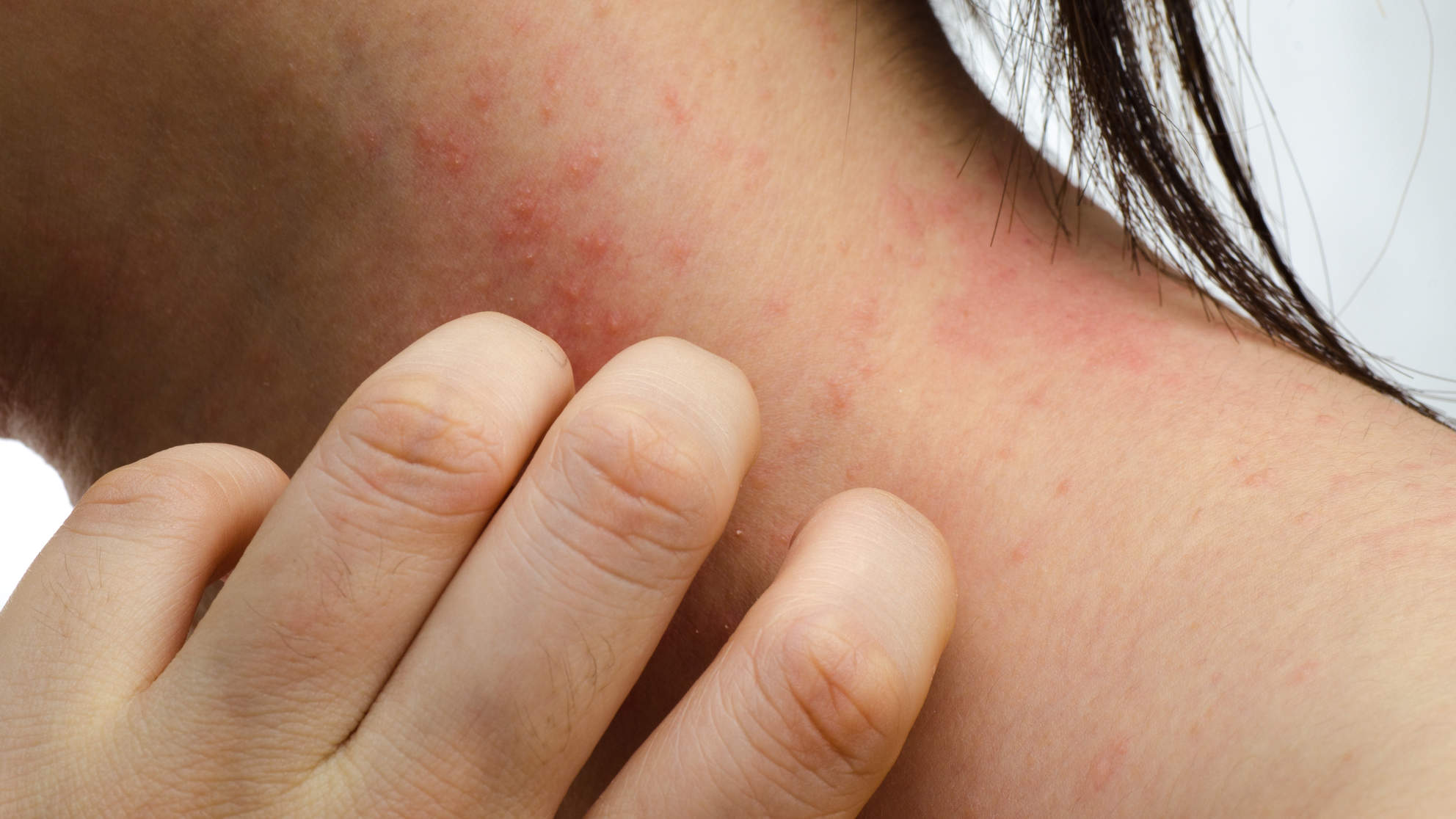What is a birthmark?
Do you have a weird mark on your body? Did you always have it? Birthmarks are markings on the skin that are usually present at birth but can also develop later in life. Some birthmarks fade away, while others stay for life. The cause of birthmarks is unknown. It may be inherited or caused by trauma during childbirth.
What kinds of birthmarks are there?
There are two main types of birthmarks. Vascular birthmarks can form when blood vessels do not form correctly, while pigmented ones are caused by an overgrowth of cells that create a colored spot on the skin.
Common types of vascular birthmarks include macular stains, hemangiomas, and port-wine stains.
- Macular stains are light red marks mainly found on the face and around the head. They typically disappear as a child becomes older and are not usually thought to be of medical concern.
- Hemangiomas are reddish marks found deep underneath the surface that grow rapidly but often fade in appearance with age. Depending on their locations, hemangiomas can rarely obstruct vision and hearing, so some individuals choose to undergo cosmetic or corrective surgery to remove them.
- Port-wine stains are discolorations that look like spilled wine and usually grow darker and thicker with age. They never go away on their own and should be checked if they are located near the eye.
For pigmented birthmarks, three major groups exist: café-au-lait spots, moles, and Mongolian spots.
- Café-au-lait spots are light tan in color, usually resembling the color of coffee. In rare cases, they may be signs of a genetic disorder called neurofibromatosis. Speak to a physician when in doubt.
- Moles are clusters of pigmented cells that range in size. Larger moles tend to become cancerous later in life, so it is very important to discuss any changes in their appearance to a physician.
- Mongolian spots often resemble a bruise, bluish in color. They often disappear as time progresses.
What do I need to do?
Most birthmarks are usually harmless, but some may be signs of an underlying disease or grounds for cosmetic treatment. For benign birthmarks that involve abnormal pigmentation, skin texture, or hair growth, laser surgery can be an option. However, when a birthmark is malignant, a biopsy is done, and the birthmark is surgically removed to reduce future cancer risk. You should check often the sizes, locations, shapes, and colors of your birthmarks. If they change in their appearances, or if they become itchy, infected, painful, or otherwise bothersome, you should contact your physician immediately to prevent possible cancer risk.
Article by Yuvadee Srijongsirikul
Feature Image Source: Westlake Dermatology
























